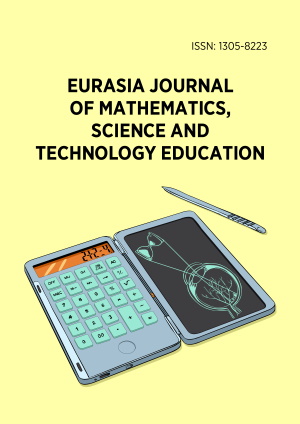Abstract
There has been a recent interest in leveraging generative artificial intelligence, large language models, to assist secondary school learners in improving their engagement and conceptual understanding (CU) of challenging concepts in chemistry. However, most of these studies have focused only on academic achievement. The influence of affective factors when integrating large language models has largely been ignored. The study investigated the effects of self-efficacy (SE), motivation and satisfaction on learner engagement and CU when ChatGPT was integrated into chemistry lessons. The self-regulatory learning (SRL) model was the theoretical framework used for the study. A cross-sectional survey design was employed in this quantitative study. Two schools in the Vhembe East District of Limpopo in South Africa participated in the study. A questionnaire was used in data collection after learners were exposed to intermolecular forces in physical sciences, and ChatGPT was integrated into their lessons. The sample size from the two schools was 240 learners. Structural equation modelling and path analysis were used to analyse the data. The study revealed that satisfaction significantly enhanced both engagement and perceived CU. In contrast, SE impacted perceived CU only, while motivation solely improved engagement. The study has implications for teachers integrating artificial intelligence tools like ChatGPT in teaching chemistry. The findings extend our understanding of the practical implications of the SRL model when integrating ChatGPT into instructional practices.
License
This is an open access article distributed under the Creative Commons Attribution License which permits unrestricted use, distribution, and reproduction in any medium, provided the original work is properly cited.
Article Type: Research Article
EURASIA J Math Sci Tech Ed, Volume 21, Issue 10, October 2025, Article No: em2713
https://doi.org/10.29333/ejmste/17077
Publication date: 01 Oct 2025
Online publication date: 17 Sep 2025
Article Views: 2810
Article Downloads: 1118
Open Access References How to cite this article
 Full Text (PDF)
Full Text (PDF)